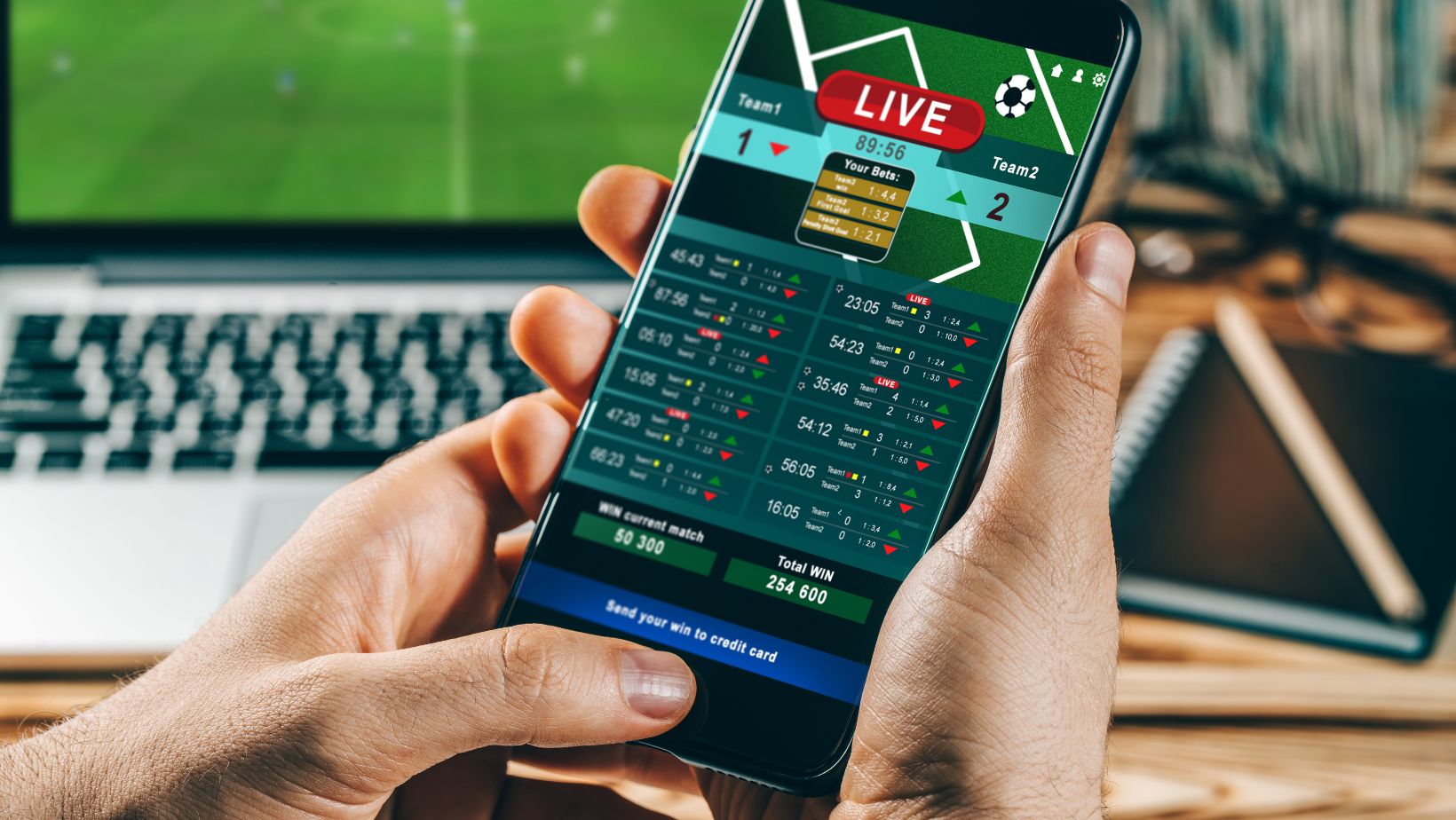Reading odds is the foundation of sports betting — you’ll need to understand them to get anywhere. Odds are set by sportsbooks and they help you understand the likelihood of an outcome. Bettors also use odds to calculate their profits when they win.
Whether you’re starting out for the first time or just want a quick refresher, let’s look at how to read betting odds.
What Are Betting Odds?
Betting odds show the chance of an event happening and how much money you can win if it does. Whether you’re betting on a team to win, a player to score, or the total points in a game, the odds help you understand the risk and reward of every wager.
Odds are set by sportsbooks, or bookmakers, based on different factors like team performance, recent injuries, and public betting trends. The goal is to accurately represent the probability of an event while balancing the book to limit risk for the sportsbook operator. This is done using implied probability.
Implied probability is a rough estimate of how likely the sportsbook thinks a certain result is. It’s calculated by turning the odds into a percentage, and that represents the true chances of an outcome, after factoring in the sportsbook’s cut. Understanding this concept will help you identify valuable bets, or even spot mispriced lines if the true probability is better than the odds.
Odds can be presented in three different formats — American, decimal, and fractional — depending on where you’re viewing them. Each format looks different but all shows the same information: what you might win, and how likely something is to happen.
How To Read American Odds
American odds, also called moneyline odds, are the most popular format in the United States. They use positive and negative numbers to show both who is favored and what the potential payout would be based on a $100 bet.
- A minus sign (–) means the team or player is the favorite. It shows how much you need to bet to win $100.
- A plus sign (+) means the team or player is the underdog. It shows how much you’ll win if you bet $100.
The size of those numbers give you extra context:
- A larger negative number (like –200) means a heavier favorite.
- A larger positive number (like +300) signals a bigger underdog.
Let’s put that together into a quick example:
Kansas City Chiefs: –150
Chicago Bears: +130
In the hypothetical situation above, the Chiefs are the favorite and the Bears are the underdog. If you bet $150 on the Chiefs and they win, your return would be $250 total. If you bet $100 on the Bears and they pull off the upset, you’d take home $230 — your original $100 stake and $130 in profit.

Other Odds Formats
While moneyline odds are the standard in the U.S., you’ll also find decimal and fractional odds if you use international sportsbooks or odds comparison tools. These formats convey the same information, but display it in different ways.
Decimal odds are common in Europe, Canada, and Australia. Many online sportsbooks rely on this format, too, for things like esports and soccer. It’s easy to understand this format because the number shows your total return, not just your profits. To calculate what you’d win, you just multiply your stake by the decimal number.
Higher decimal numbers represent less likely outcomes, just like larger positive American odds.
Fractional odds are more common in the UK and Ireland, and are often used in horse racing. They show bettors their potential profit relative to their stake. A fraction like 5/1 means you’ll win $5 for every $1 you bet. Smaller fractions, like 3/5, means you need to bet $3 just to win $5 — similar to a strong moneyline favorite.
Odds Comparison and Value Betting
Not all sportsbooks offer the same odds. Comparing lines across multiple books can help you get a better payout on the same bet. A small bump in the odds may not seem like much, but this little bit of edge can really add up over time. For example, if one sportsbook lists a team at +120 and another has that team at +135, a $100 bet pays $15 more at the second site.

This ties into value betting, which is backing outcomes you believe may be more likely than the odds reflect. If you think a team has better chances than the odds reflect, that’s a smart bet to take. If you combine that with effective line shopping, you can really boost your returns.
Mastering the Basics of Betting Odds
Knowing how to read odds and compare them to find good value bets is critical to your success in sports betting long term. The ability to spot value in a line is what separates casual betting from a strategic, profitable approach. The more confident you are reading the odds, the more confident you can be when filling out your betslip.



